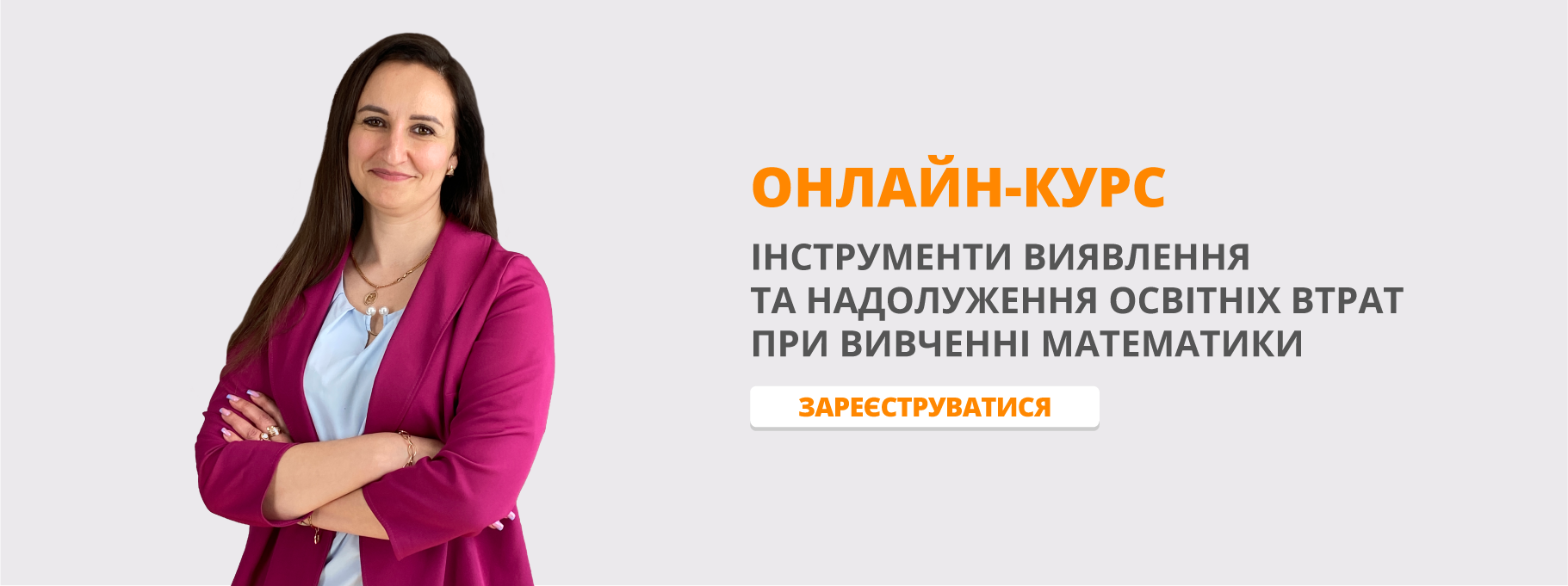Конспект уроку з англійської мови для 8 класу на тему "English-Speaking Countries"
Конспект уроку з англійської мови для 8 класу на тему "English-Speaking Countries". Цікавий урок-презентація з використанням елементів рольової гри.
Lesson 7
Theme. English-Speaking Countries
Objectives:
- Practical: to develop listening, reading and writing skills, to practice speaking; to practice pupils’ habits of getting additional information from the texts.
- Educational: to teach pupils to collect information and make the conclusions; to get additional information on the topic with the help of computer.
- Developing: to provide opportunities for developing speaking skills based on the topic; to develop pupils’ memory, their ability to express their thoughts logically, to broaden their outlook.
- Upbringing: to teach pupils to respect our native country and the countries the language we are learning; to raise interest to the knowledge of English-speaking countries.
Equipment: cards, the map of the world, pictures, computer presentation of Canada, flags of the countries.
Type of the lesson: lesson presentation.
Procedure
I. The beginning of the lesson.
1. Greeting.
T: Good morning, dear students! How are you today? I hope you are ready for our lesson.
2. Introduction the theme and aims.
T: Children, today we’ll have our lesson on the topic “English-Speaking Countries”. We have gained a good piece of information concerning the USA and Great Britain. And it is time for us to get some knowledge about other English-speaking counties. By the end of the lesson we’ll be able to speak about English-Speaking countries.
3. Warming up.
T: Match the names of the English-speaking with their flags.
The UK
The USA
Canada
Australia
New Zealand
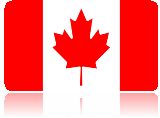
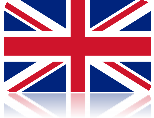
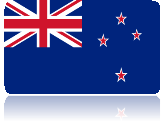
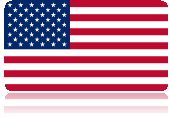
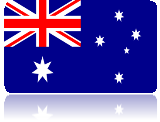
II. The main part of the lesson.
1. Work with the map of the world.
T: a) Use the map of the world and read the paragraphs below. Try to guess what English-speaking country each of the following paragraphs tells about.
1. It is not a large country. It is situated in Europe. It is much smaller than France or Norway. It consists of four ports, but English is the national language in all the parts of this country.
2. This country lies in the middle of the North American continent. Its area is over 9 million square kilometers. The country consists of 50 states. Its national emblem is the bald eagle. The flag is called 'The Stars and Stripes'.
3. This country is a very large country. Its territory is about 10 million square kilometers, people speak English and French there.
4. This country is called the 'upside down country'. The hottest summer month is January and the coldest winter month is June, it lies in the southern hemisphere.
5. This country is situated in the southern hemisphere. When it is midnight in Great Britain, it is midday of the next day in this country. Many people came to live here at the end of the 16th century.
b) Look at the map of the world and say what countries The UK (the USA, Canada, Australia, New Zealand) borders on.
2. Listening.
T: We have a guest at our lesson. Miss Australia herself came to us. She is going to represent herself.
1) Pre-Listening Activity.
Miss Australia: Quiz about Australia.
1. Australia extends across the middle latitude as well as tropic. (True or false)
True (Northern Australia is in the tropics, Southern Australia is in the mid latitudes)
2. You can cruise to Australia on two oceans. Name them. (The Indian Ocean and the Pacific Ocean)
3. What word is used to refer to original inhabitants of Australia?
(Aborigines (who probably got there by crossing an Ice Age land bridge from Asia; “aborigine” is used to describe the earliest known inhabitant of any country or region))
4. In which two hemispheres is Australia situated? (Southern and Eastern)
5. What country is called the land ‘Down Under”? (Australia)
2) While-Listening Activity.
Miss Australia: Listen to the text and fill in the gaps.
Australia
I am the only country that is also a continent. In area, I rank as the sixth largest country and smallest continent. I am almost the same size as the continental United States – nearly three million square miles.
First of all: where am I? I lie below the equator, directly south of Southeast Asia. On a globe you will find me boxed in by the 10th and 40th parallels and the 115th and 155th meridians. Because I am antipodal, or on the opposite side of the Earth, to the British Isles I am often referred to in Britain as the Antipodes, or more familiarly as “Down Under”. It is not true, however, that Australians walk on their heads, as some humorists say.
I am also called the “island continent” because I lie between great oceans, the Indian Ocean to the west, the Pacific Ocean to the east. The part of the Indian Ocean south of me is called the Southern Ocean in the country. I am about 7,000 miles (11 000 kilometers) southwest of North America and about 2,000 miles (3,200 kilometers) southeast of mainland Asia. My name comes from the Latin word “australis”, meaning southern. My official name is the Commonwealth of Australia.
Australia
I am the ____ country that is also a ____. In area, I ____ as the ____ largest country and ____ continent. I am almost the same ____ as the ____ United States – nearly ____ million square miles.
First of all: where am I? I ____ below the ____, directly south of ____ Asia. On a globe you will find me ____ in by the 10th and 40th ____ and the 115th and 155th ____. Because I am antipodal, or on the ____ side of the Earth, to the British Isles I am often ____ ____ in Britain as the Antipodes, or more ____ as “____ ____”. It is not true, however, that Australians walk on their heads, as some ____ say.
I am also called the “____ ____” because I lie between great oceans, the ____ Ocean to the west, the Pacific Ocean to the east. The part of the Indian ____ south of me is ____ the ____ Ocean in the country. I am about 7,000 miles (11 000 kilometers) ____ of North America and about 2,000 miles (3,200 kilometers) southeast of ____ Asia. My name comes from the Latin word “australis”, meaning ____. My ____ name is the ____ ____ ____.
3) Post-Listening Activity.
T: Describe Australia according to the plan.
Plan
1. The territory of Australia.
2. The geographical position of Australia.
3. Humoristic approach to some of the peculiarities of the country.
4. How can the country be called and why.
5. Bodies of water washing Australia.
3. Reading.
1) Pre-Reading Activity.
T: We are going to speak about Canada. One of your classmate visited Canada last year. He has made a presentation of this country. But first of all tell me please what do you know about Canada?
2) While-Reading Activity.
T: Read the presentation, look at the pictures of the country and choose the correct answers.
Canada
Canada is the largest country in the American continent and the second largest country in the world. It has population of 27 million in an area of 9,976,185 square kilometers. Most of the population are descended from European immigrants: 45% from British and Irish ancestors, 29% from French ancestors, 6% from German ancestors. Only 1.5% of today’s population are descended from the original Eskimo and Indian inhabitants.
Britain and France fought over Canada for nearly two hundred years. Finally in 1763 Britain took control. Canada is now an independent country with its own prime minister, but the head of state is still the British Queen.
Canada is bilingual country. The majority of the population speak English. Most French speakers live in the province of Quebec. Canada’s largest city is Toronto. It has a population of 3,800,000. But Toronto is not the capital city. The capital city is Ottawa in the province of Ontario. Canada is a huge country. Its longest river, the Mackenzie, flows for 1,600 km into the Arctic Ocean. It is also a very rich country. It has many industries (cars, electrical goods, etc.). It produces almost every mineral (gold, silver, iron, uranium, oil, coal, etc.). Canada is the world’s biggest producer of nickel, the second producer of zinc and the third biggest producers of wood and paper (44% of the land is forest). Agriculture (mostly wheat and cattle) is important, too.
The national emblem of Canada is the maple leaf and the currency is the Canadian dollar.
T: Choose the correct answers.
1. The national language of Canada is…
a) French
b) English
c) German
2. The capital of Canada is …
a) Montreal
b) Toronto
c) Ottawa
3. Canada’s largest city is…
a) Montreal
b) Toronto
c) Ottawa
4. Canada is…
a) the largest country in the world
b) the second largest country in the world
c) the third largest country in the world
5. The Canadian head of state is…
a) Queen
b) the President
c) the Prime Minister
6. The national currency of Canada is…
a) the Canadian pound
b) the Canadian dollar
c) the Canadian franc
7. Canada is the world’s largest producer of …
a) gold
b) oil
c) nickel
8. The ancestors of most Canadians came from…
a) Britain
b) Ireland
c) France
9. Canada’s original inhabitants were…
a) Eskimos
b) Indians
c) Japanese
10. The longest river in Canada is…
a) the St. Lawrence
b) the Mackenzie
c) the Mississippi
3) Post-Reading Activity.
T: Ask your classmate some other questions if you want to get more information about Canada.
4. Speaking. Role-play.
T: Imagine you are experts in different spheres of activity in New Zealand. Each of you should represent your sphere and answer your classmates’ questions.
Expert 1: New Zealand is an island country, 1000 miles of Australia. Its original name is Aotearoa ( Land of the Long Cloud). The country consists of two islands: the North Island & the South Island. There are very few inhabitants – 4.9 million people. Auckland is the biggest city in the country. Auckland has a population of 2 million people. Auckland’s nickname is “the City of Yachts” because of the number of all the yachts there.
New Zealand has a tropical climate. The North Island is cooler & wetter. The South Island has volcanoes, hot spring & beautiful beaches. The seasons are opposite those in the Northern Hemisphere. January is in the middle of summer & July is in the middle of winter. The country is bad watered.
Expert 2: New Zealand is an island country in the Southwest Pacific Ocean. New Zealand belongs to a large island group called Polynesia. Wellington is the capital of New Zealand. The silver fern is the National symbol of the country. English is the official language of New Zealand and is spoken throughout the country. New Zealand is a constitutional monarchy. The British Monarch, Queen Elizabeth II of the United Kingdom, is the monarch of New Zealand. Britain gave New Zealand a constitution in 1852. New Zealand has one of the highest standards of living in the world. New Zealand’s economy depends on trade with many countries – Australia, Britain and the USA.
Expert 3: New Zealanders are open, friendly & hospitable. Their lifestyle is relaxed & informal. They discuss leisure activities & family interests. They are practical people. They value home, a good education, & friendship. New Zealanders have bicultural society, but some Maori stand for greater autonomy.
In New Zealand western-style clothing is the standard. People wear casual clothing in public. It is unusually neat & clean. European fashions are popular, but NZ also has its own fashion industry. Maori wear traditional costumers for ceremonies & cultural events.
New Zealanders greet with a handshake & Gidday. Maori may greet with a hug or a traditional hongi – pressing noses together with eyes closed.
Expert 4: New Zealanders like to have friends over for dinner. Garden barbecues are especially popular on weekends. Dinner guests take a gift: a good wine, a potted plant, a box of chocolates or a Koha (gift money). Dropping unannounced is quite common. Inviting people for afternoon tea (3 p. m.) is also popular.
New Zealanders eat a light breakfast by 8 a.m. lunch is in the early afternoon. When people eat out, dinner is close to 8 p.m. New Zealanders don’t tip.
New Zealanders eat much butter & meat. Lamp is a favourite meal. Tea is the favourite drink of the most New Zealanders. Seagfood & fresh vegetables play a great role. Fruits include apples, bananas, apricots, peaches, plums, strawberries, nectarines & tomatoes. New Zealanders believe their cheese & ice cream are best in the world.
Expert 5: New Zealand is a gardener’s paradise. A visitor’s first impression of this country is one of green. 800 New Zealand gardens are open to visitors. Kiwis (as New Zealanders call themselves) like to show off their gardens. For them gardening is a way of life.
T: Thank you pupils. You are good experts in your spheres.
5. Individualised learning work.
T: Read a magazine article about people in Britain. Six sentences have been removed. Choose which sentences (A-G) fit into the gaps (1-6). There is one extra sentence you do not need to use.
A. A red dragon is probably the oldest symbol of Wales.
B. They like to speak Welsh, to sing songs in Welsh and when you travel you can see road signs in Welsh all over Wales.
C. Green is one of the symbols of Ireland and everybody wears green on St. Patrick's Day, the Irish national holiday.
D. The English are also famous for their love of animals.
E. People from Scotland, Wales or Northern Ireland are not English.
F. Traditional tartan skirts are called kilts and many Scotts them - women and men!
G. Every country in the UK has got its own symbol.
People in Britain
The symbol of England is a red rose, and English people are crazy about gardening.
1._________________________________________________________________
A lot of families have pets. English football is famous, of course, but there is another national sport too, cricket. English people like to talk about the weather.
2._________________________________________________________________
Scotland is very famous for its beautiful scenery and the lakes called Lochs. An important symbol of Scotland is a special kind of material called tartan.
Another Scottish symbol is the thistle. People in Scotland play very unusual musical instruments called bagpipes.
3._________________________________________________________________
Another symbol of Wales is a vegetable called the leek. People wear them on their coats on St. David's Day, the Welsh national holiday, although some people wear another symbol of Wales - the daffodil. Welsh people are famous for their singing and their musical festivals. Rugby is their national sport.
The most famous symbol of Ireland is the shamrock. In Ireland you may see different shades and tones of green.
4._____________________________________________________________________
The Irish are famous for their playing, singing and dancing. People in Britain are reserved and conservative. They have kept their traditions alive for centuries.
Everyone who was born in Britain is British. People from England are the English.
5. __________________________________________________________________
They are the Scottish or the Scotts; the Welsh and the Irish. People from Scotland and Wales don't like it when they are called the English.
Everyone in Britain speaks English. But in some parts of Scotland and Wales people speak different languages as well. The Welsh are especially proud of their language.
6.__________________________________________________________________
Everyone in the UK speaks English but they all speak it differently.
6. Communicative activity.
T: Listen and read the poem and say about the feelings and emotions it can awake in a heart of an American.
This land is your land
by Woody Guthrie
This land is your land,
This land is my land
From California
To the New York island.
From the redwood forest
To the Gulf Steam waters,
This land was made for you and me.
As I was walking
That ribbon of highway,
I saw above me
That endless skyway.
I saw above me
That endless skyway,
I saw belowvme
That golden valley,
This land was made for you and me.
7. Pair work.
T: Ask and answer above the USA using the words and phrases below.
Example:
- How many states is the USA composed of?
- The USA is composed of 50 states.
|
- to be situated - to be washed by - to separate - to border on - to embrace - to be crossed -to be composed of |
- to be well-developed - to be rich in - to fall into - to flow through deep canyons - to serve as a great source of electric power a melting pot - the ‘Stars and Stripes’ |
8. Group work.
T: Each group gets the map of one of the English – speaking countries. Look at the maps and find out the facts and fill in the table. After that it is necessary to represent the country.
|
The full name of the country
country
coun counrycountry |
|
|
The total area |
|
|
Population |
|
|
Capital city |
|
|
Large cities |
|
|
Mountains |
|
|
The highest peak |
|
|
Rivers |
|
9. Writing (Creative work).
T: I want to offer you a very interesting task. Ralf Waldo Emerson once said that “All men are poets at heart”. Today we’ll try to be poets and we’ll write small masterpieces in a form of a “cinquain”. “Cinquain” is a French word which means “five”. That is why “Cinquain poem” consists of five lines.
Line 1: A noun
Line 2: Two adjectives
Line 3: A sentence
Line 4: Two ing-words
Line 5: A noun
III. Finishing of the lesson.
1. Summing – up.
T: Our lesson is over. Today we have spoken a lot about English-Speaking Countries. I’m sure that you have learned some new facts. Thank you for your hard work in the lesson.
2. Homework.
T: And now you’ve got the last task. I’ll divide you into three groups. Imagine a situation I am a tourist. I want to visit any English-speaking country. The groups will persuade me to visit one of the best English-speaking countries. Make your group Project Work about one of English-speaking countries.
3. Analysis of pupils’ answers. Assessments.
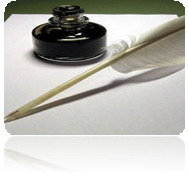
1


про публікацію авторської розробки
Додати розробку
